
Category: transhumanism – Page 29

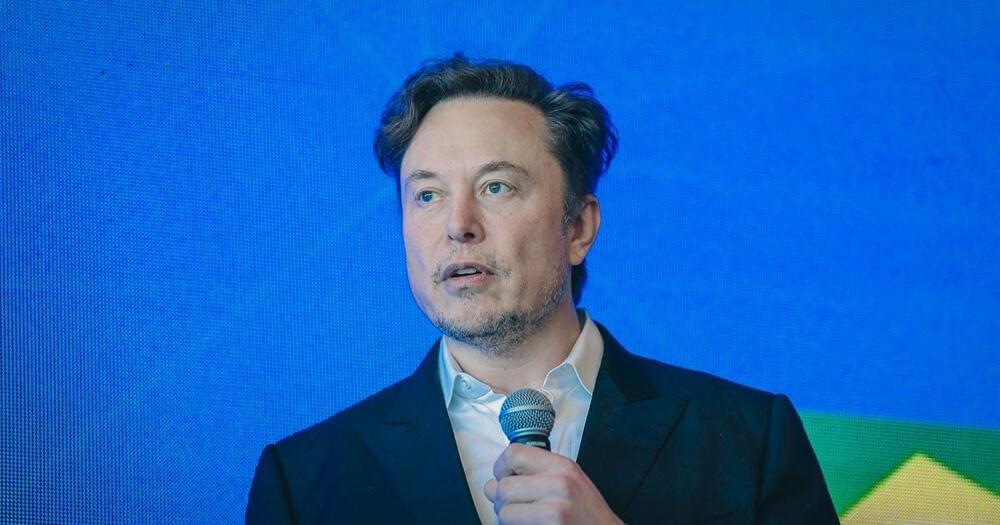
Elon Musk versus the Woke Cartel
Many criticisms have been leveled against Elon Musk—that he’s part of the elite, that Tesla has been the beneficiary of government handouts and exemptions, that his transhumanist Neuralink is a brain-data-mining operation. Yet his planned purchase of Twitter, his supposed free-speech absolutism, and his subsequent renunciation of the Democratic Party as “the party of hate” have put Musk squarely in the crosshairs of the woke cartel.
Vitriolic Twitter storms, a New York Times-Financial Times biographical exposé, a slew of hit pieces and scaremongering segments in the legacy media, and allegations of sexual harassment have dogged the automobile magnate ever since his Twitter bid. In response, Musk announced on Twitter that he’s assembling a legal crew to sue defamers and defend Tesla (and likely himself) against lawsuits.
But the best indication that the woke cartel has really gone berserk is its removal of Tesla from the S&P 500’s ESG (Environmental, Social, and Governance) Index. This last rebuff proves that “ESG is a scam.”

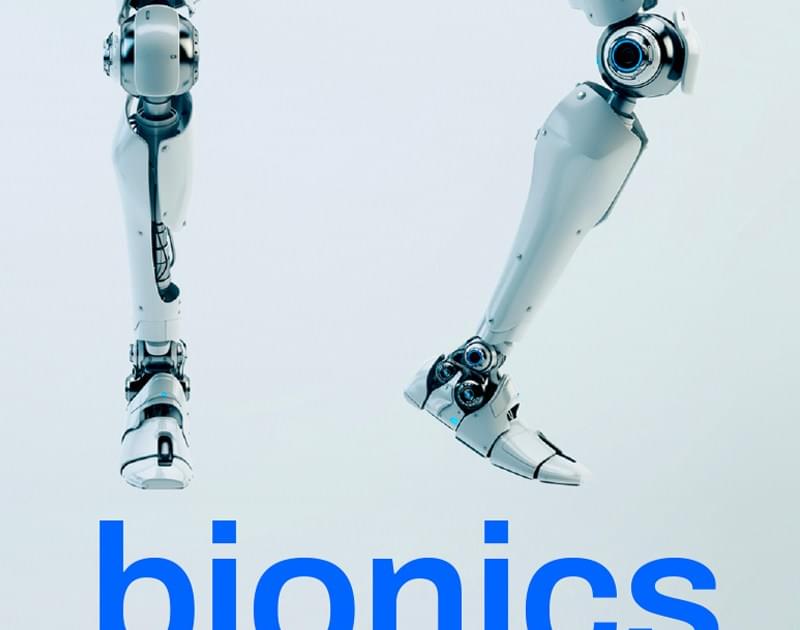
Rise of Cyborgs, Exoskeleton Super Human Strength, Transhumanism, Neuralink, Live forever
The concept of Transhumanism has been around for a long time, but it actually looks like it’s starting to happen. In today’s video, we will look at how humans are already merging with machines and what will come next. IPhone wireless charging cases — https://amzn.to/3bz0oRg.
IPhone Backup — https://amzn.to/3w8Usbj.
Wireless Earbuds — https://amzn.to/2ZTjwau.
IPhone Bargains — https://amzn.to/3jXvCGb**** Gears and Equipment we use****
1. Fully Automatic Espresso Machine — https://amzn.to/3bdHcbr.
2. Perfect Desk Chair — https://amzn.to/2ZlMNd2
3. Wireless Mechanical Keyboard — https://amzn.to/3pA71Lw.
4. Wireless DTS Headphone — https://amzn.to/3juz2Qv.
5. Vocal Microphone — https://amzn.to/2XEDsN4
6. UltraWide Monitor — https://amzn.to/3jyteWg**** Free Handy Tools YOU must try ****Tubebuddy – https://bit.ly/3y0SOc6
In-depth channel/video analysis, SEO statistics, Channel optimizationHere at Future Now we aim to bring you the most informative, fascinating and engaging Technology videos on YouTube.🔔 Subscribe To Our Channel: https://bit.ly/3nRoVH8
Copyright Disclaimer:
Under section 107 of the Copyright Act 1976, allowance is made for “fair use” for purposes such as criticism, comment, news reporting, teaching, scholarship, education and research. Fair use is a use permitted by copyright statute that might otherwise be infringing. Non-profit, educational or personal use tips the balance in favor of fair use. *DISCLOSURE*
We are affiliated, but not sponsored by any product featured in this video.
Some links in the description are affiliate links to products, which means if you click on them and buy the product, we will receive a small commission.
Not being sponsored allows us to keep our own opinions and provide product reviews without bias. From the millions of products, we appreciate your support.#Exoskeleton #Cyborg #Transhumanism
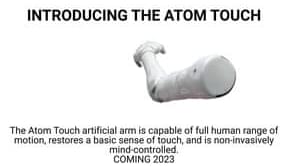

Superlongevity, Memory and Identity with Transhumanist Pioneer, Dr Natasha Vita-More
The Future of You by Tracey Follows on Amazon: https://www.amazon.co.uk/Future-You-Identity-21st-Century-Te…B08XBN4GBB
Tracey Follows: https://www.linkedin.com/in/traceyfollows/ https://twitter.com/traceyfutures
Futuremade Consulting: https://futuremade.consulting https://www.linkedin.com/company/futuremadeconsulting/ https://twitter.com/_futuremade.
Immortalists Magazine
How Will Nanotechnologies Transform Humanity?
#WomenOfImpact #Nanotech #WeLoveScience #Immortality
Immortalists Magazine is an experimental project by multi-media, conceptual artist, Dinorah Delfin.
Inspinspired by Trans-, Post-, and Meta-Humanist philosophy & innovations. The aim is to bring greater awareness to Transhumanism & the science of Radical Life Extension. Immortalists Magazine reflects the personal opinions of the artist.
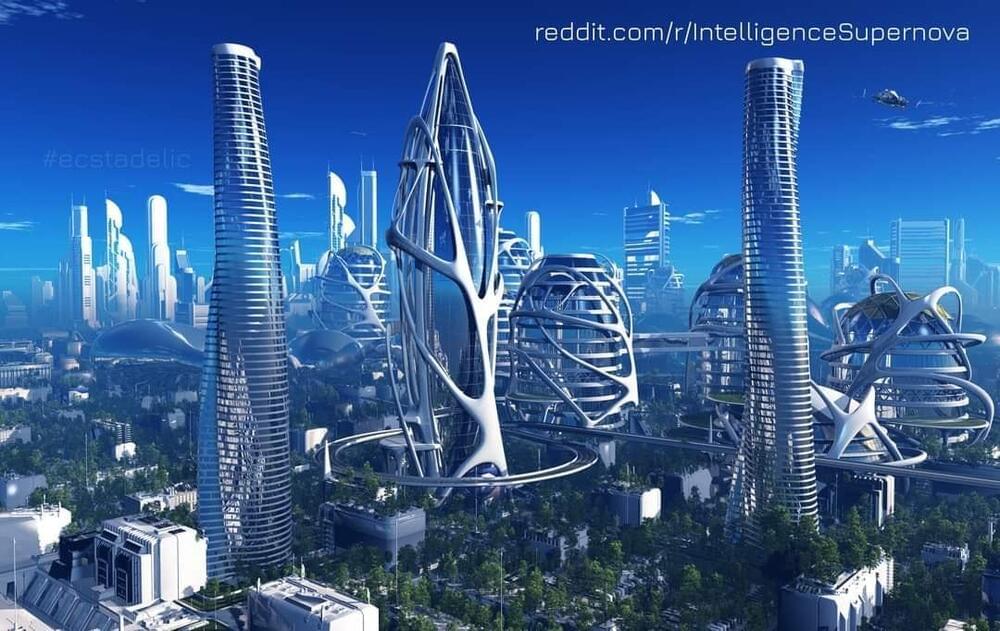
You’re invited to join our subreddit community —
R/IntelligenceSupernova — dedicated to techno-optimists, singularitarians, transhumanist thinkers, cosmists, futurists, AI researchers, cyberneticists, crypto enthusiasts, VR creators, artists, philosophers of mind. Accelerating now towards the Cybernetic Singularity with unprecedented advances in AI & Cybernetics, VR, Biotechnology, Nanotechnology, Bionics, Genetic Engineering, Optogenetics, Neuroengineering, Robotics, and other IT fields.
Join now: https://www.reddit.com/r/IntelligenceSupernova.
#Subreddit #IntelligenceSupernova
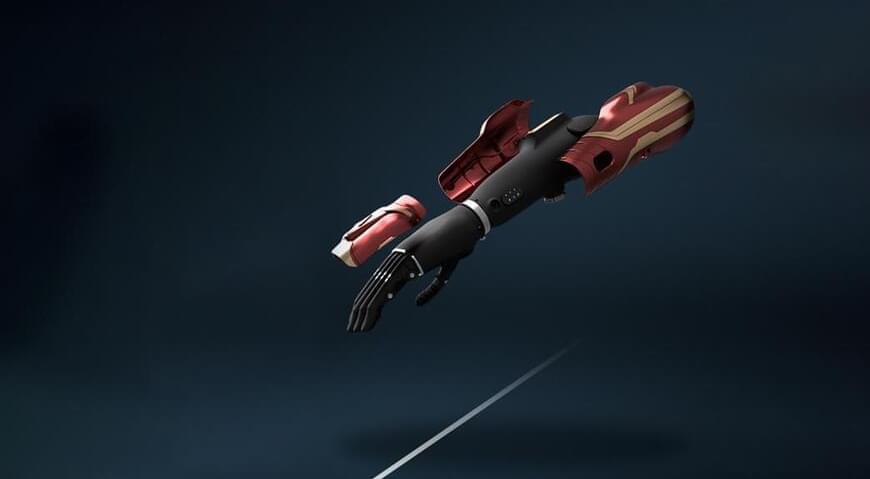
Indian Startup Creates a Bionic Arm That’s 90% Cheaper
An advanced bionic arm can be life-changing for a person with an upper limb amputation. But in India, with a population of nearly 1.4 billion and average income of just $2,000 a year, advanced prosthetics are financially out of reach for many amputees.
So the Indian startup Makers Hive developed one that’s not only 90% cheaper, but also more functional.
Advanced prosthetics: A bionic arm contains sensors that press against the skin of the wearer’s residual limb to detect electrical signals from their nerves.
The 3D-printed, lightweight KalArm is the result of those efforts. It features 16 grips, customizable panels, and a companion app, which can be used to monitor the arm’s performance, as well as install firmware updates.
Indian startup Makers Hive has developed a bionic arm that’s not only 90% cheaper than most, but also more functional.